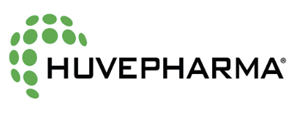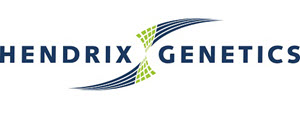Germany: vaccination against HPAI viruses
After a prior decision permitting the utilization of vaccines to manage highly pathogenic avian influenza (HPAI) in the European Union under specific conditions, reports indicate that veterinary authorities in Germany are preparing to implement this measure.
In Germany, the relevant authorities are in the process of incorporating the use of vaccines against HPAI through collaboration in a federal-state working group. The European Commission has enforced a significant shift in the strategy against avian influenza with the implementation of Implementing Regulation 2023/361/EU. Competent authorities can now authorize the vaccination of poultry against HPAIV, subject to stringent monitoring measures. This shift is attributed to the continuous circulation of HPAI viruses in migratory and increasingly domestic bird species, despite consistent Europe-wide control efforts. Currently, there is no regularly approved vaccine available for the prevailing HPAI viruses. Nevertheless, last year, two recombinant HVT-H5 vaccines—Vectormune from CEVA and HVT-H5 (COBRA) from Boehringer Ingelheim - underwent testing in chickens at the Wageningen Bioveterinary Research Institute. The experiment involved immunizing immunologically HPAIV-naïve animals on the first day of life, followed by infection with a current, heterologous H5N1 challenge virus after eight weeks. All vaccinated and directly infected animals, as well as all vaccinated contact animals, survived the experiment, with no observed cloacal virus shedding in any of the vaccinated animals (immediately infected or contact) (1).
As HVT vaccines are not suitable for waterfowl, the French authority ANSES tested two additional vaccines in ducks. One, the Duck H5-SRV vaccine®, is an RNA replicon vaccine developed by CEVA, while the second, Volvac BEST AI + ND®, is based on H5 antigen recombinantly expressed in insect cells and developed by Boehringer Ingelheim. In these experiments, ducklings were parenterally vaccinated twice under field conditions at intervals of 28 and 18 days, respectively, and subjected to challenge infection at the ages of seven and eleven weeks. Although the vaccinated animals excreted virus after challenge, virus excretion was significantly reduced compared to unvaccinated, infected control animals, especially at the age of seven weeks, three weeks after completing the immunization. In a second test run, virus transmission from vaccinated, infected animals to vaccinated contact animals at the age of seven weeks showed significantly lower virus excretion compared to unvaccinated control animals. In this experiment as well, no cloacal virus excretion was observed in either the vaccinated, directly inoculated, or vaccinated contact animals (2).
In both the chicken infection experiment and the duck experiment, the R0 value for vaccinated birds was well below one, meeting the requirement set by the European Food Safety Authority (EFSA) Panel on Animal Health and Animal Welfare, 2023, for a future HPAIV vaccine. While these results are promising, they also indicate that sterile immunity should not be anticipated after HPAIV vaccination.
In Germany, the responsible authorities are currently preparing, within a federal-state working group, for the use of expected, regularly approved vaccines. Meanwhile, in France, where the duck fattening sector is particularly at risk from HPAI, five HPAIV vaccines received exemption approval under Article 110(2) of the European Veterinary Medicines Regulation 2019/06 last year. In October 2023, the French Ministry of Agriculture mandated HPAIV vaccination for fattening ducks, allowing the use of the previously exempted vaccines - Volvac BEST AI + ND® and Duck H5-SRV vaccine®.
1. Germeraad, Velkers, et al. (2023) Transmission study with four vaccines against H5N1 hoogpathogenic avian influenza virus (clade 2.3.4.4b).
2. Grassland, Schmitz, et al. (2023) Expérimentation de vaccination des canards mulards en élevage contre UN virus influenza aviaire hautement pathogenene A(H5N1) clade 2.3.4.4b.










